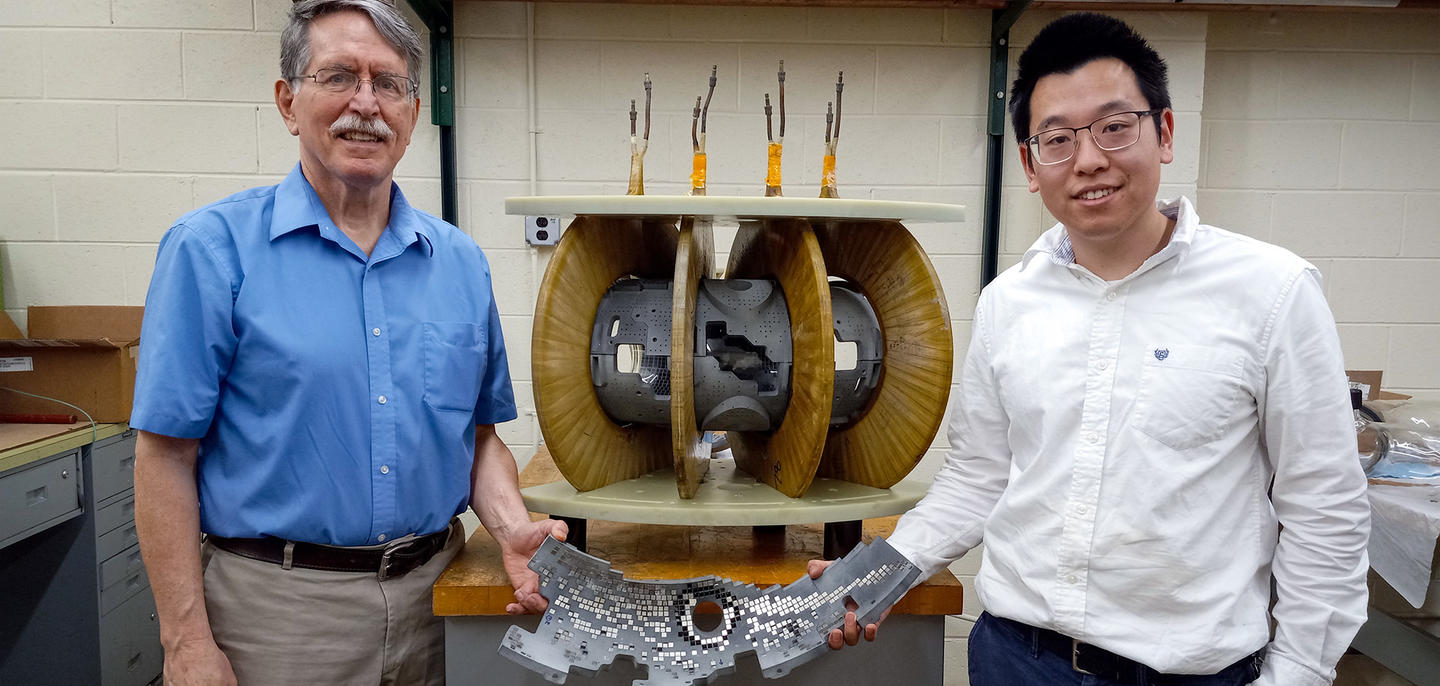Princeton Plasma Physics Laboratory (PPPL) has utilized additive manufacturing to construct the first stellarator in decades, showcasing a fusion experiment with significant cost-saving implications. This endeavor, known as the Magnetically Unconfined Plasma Experiment (MUSE), marks a departure from traditional electromagnets, employing readily available permanent magnets and a 3D printed shell.

Stellarators, conceived over 70 years ago by PPPL founder Lyman Spitzer, have long been overshadowed by the simplicity of tokamaks in fusion research. However, MUSE’s utilization of permanent magnets not only addresses the complexity of conventional stellarator designs but also demonstrates enhanced plasma confinement through quasisymmetry, a theoretical property crucial for efficient fusion reactions.
The success of MUSE not only highlights a shift towards cost-effective fusion research but also underscores the importance of innovative problem-solving in scientific endeavors. By leveraging commercially available components and novel engineering approaches, PPPL has laid the groundwork for future advancements in fusion energy.
“Using permanent magnets is a completely new way to design stellarators,” said Tony Qian, a graduate student in the Princeton Program in Plasma Physics.
“This technique allows us to test new plasma confinement ideas quickly and build new devices easily.”
Moving forward, the PPPL team aims to delve deeper into MUSE’s quasisymmetry to optimize plasma confinement and streamline fusion reactions. This collaborative effort, supported by the DOE and NSF, exemplifies the potential of U.S. national laboratories to drive transformative innovation in plasma physics and energy research.
Source: pppl.gov
Come and let us know your thoughts on our Facebook, X, and LinkedIn pages, and don’t forget to sign up for our weekly additive manufacturing newsletter to get all the latest stories delivered right to your inbox.

